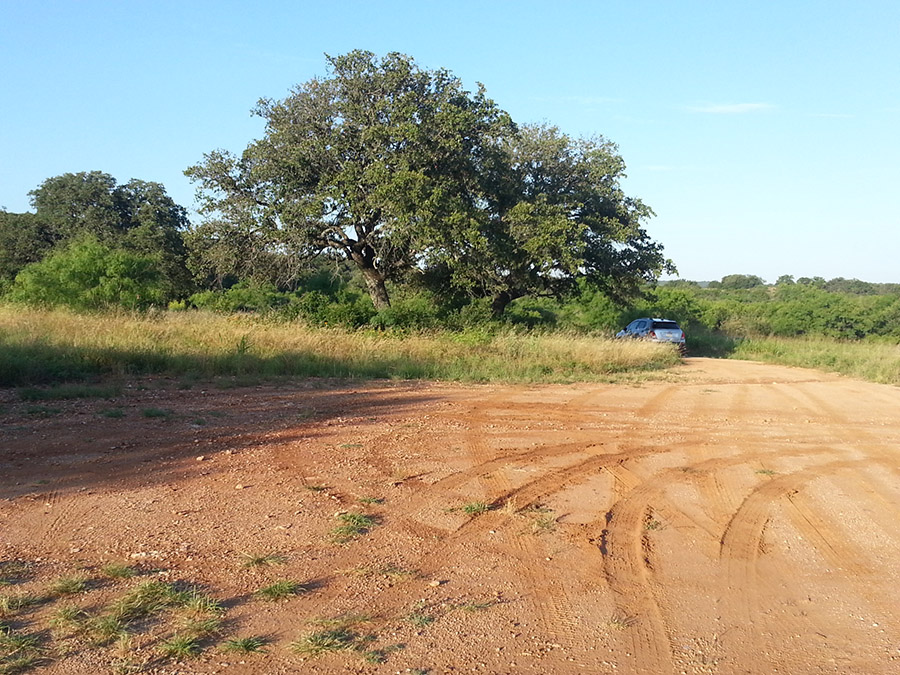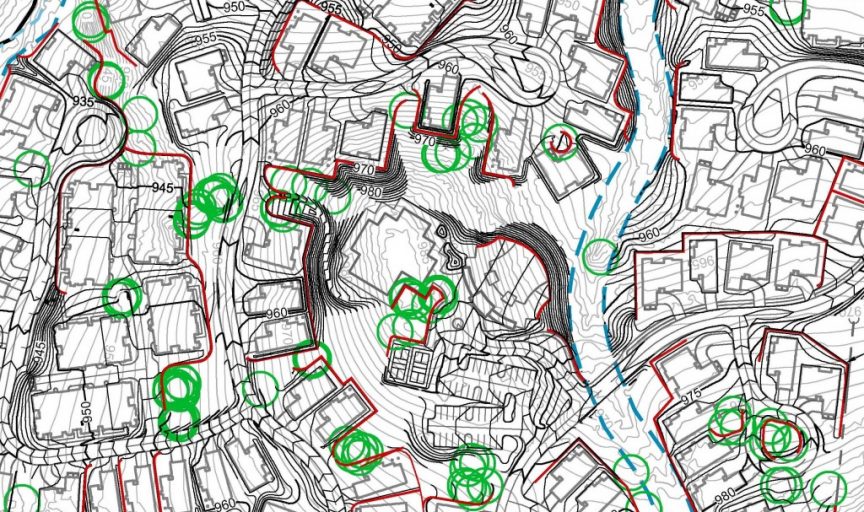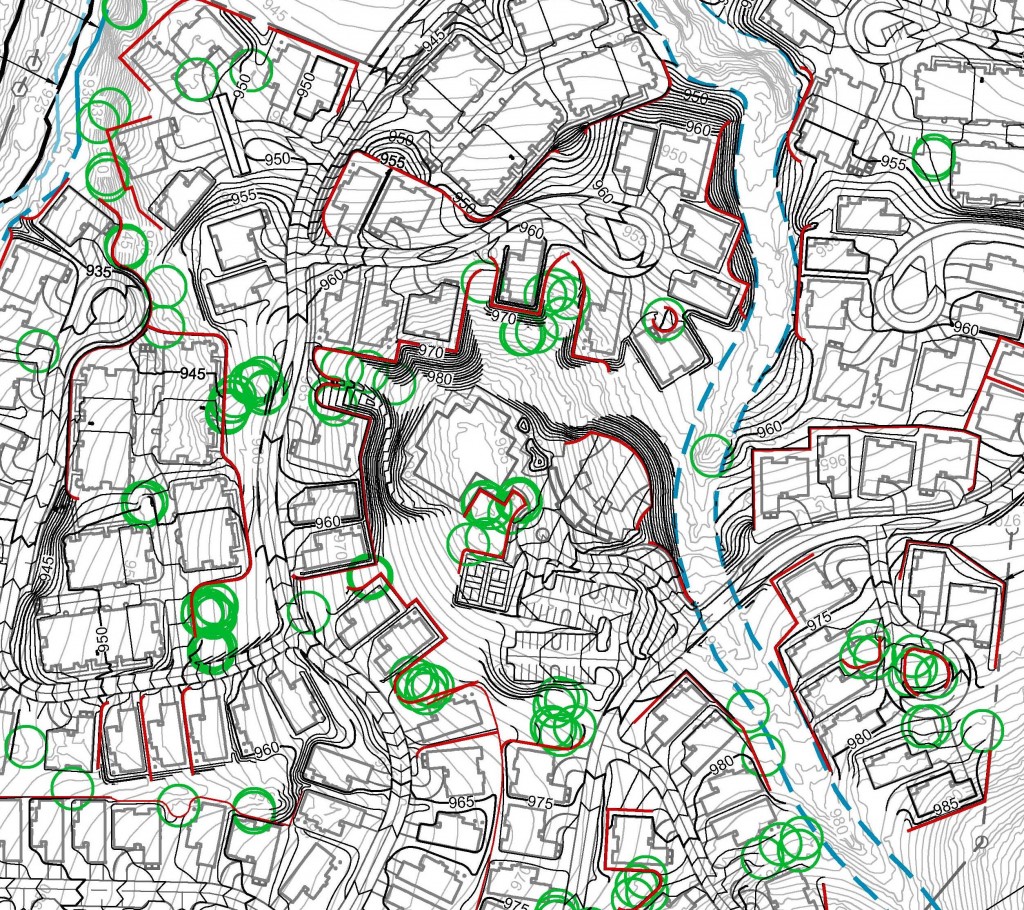Great Site Design (Part 1)
How Strategic Community Designers Understand the Importance of a Site Visit in the Digital Age
Early in my career in was told that “the feet remember- the backside forgets”.
Translation – You will give a client the best service by getting out of the car and walking a site instead of viewing it from the windshield of a car. If I simply sit in the car and look out the window, I will only remember a fraction of what is important about a site.
I was reminded of this quip on a recent visit to a new Active Adult site in the Hill Country outside of Austin. I thought I knew the site well since I had access to aerial photography, imagery and up-to-date base information for the site. I was quickly humbled and realized that there were additional intricacies that influenced the layout – ultimately generating a better design approach.
Here’s Part 1 of my Top 10 list for why a site visit is critical, especially in the digital age.
- Feel the Topography – I have a clearer understanding of how to land product and amenities on a site and how much grading is really necessary by walking a site.
- See the Views – Views are critical premiums for the Active Adult, Luxury and Resort buyer. Just because a house has a view on paper doesn’t mean that it’s a great view premium.
- Prioritize the Trees – I like trees as much as anyone else, but some trees are better than others. An aerial makes every tree look equally important, but once I have seen it in relationship to the greater context, it’s easy to make a proper judgment about the quality and effect it will provide to the overall neighborhood experience.
- Understand Walkability – This is critical for a steeper site. Just because there is a line on the map for a trail, it isn’t necessarily appropriate for certain residents. Make sure there is a pedestrian system that fits both site conditions and user ability.
- Be Open to Change – What looks good on a plan may be experienced differently on site. This can come in several scenarios, but if I’m not seeing the real environment through my eyes and feet, I may miss an opportunity.

While the digital age allows a better starting point for a good site plan, it should never substitute how well the feet remember the site.



 BACK TO BLOG
BACK TO BLOG